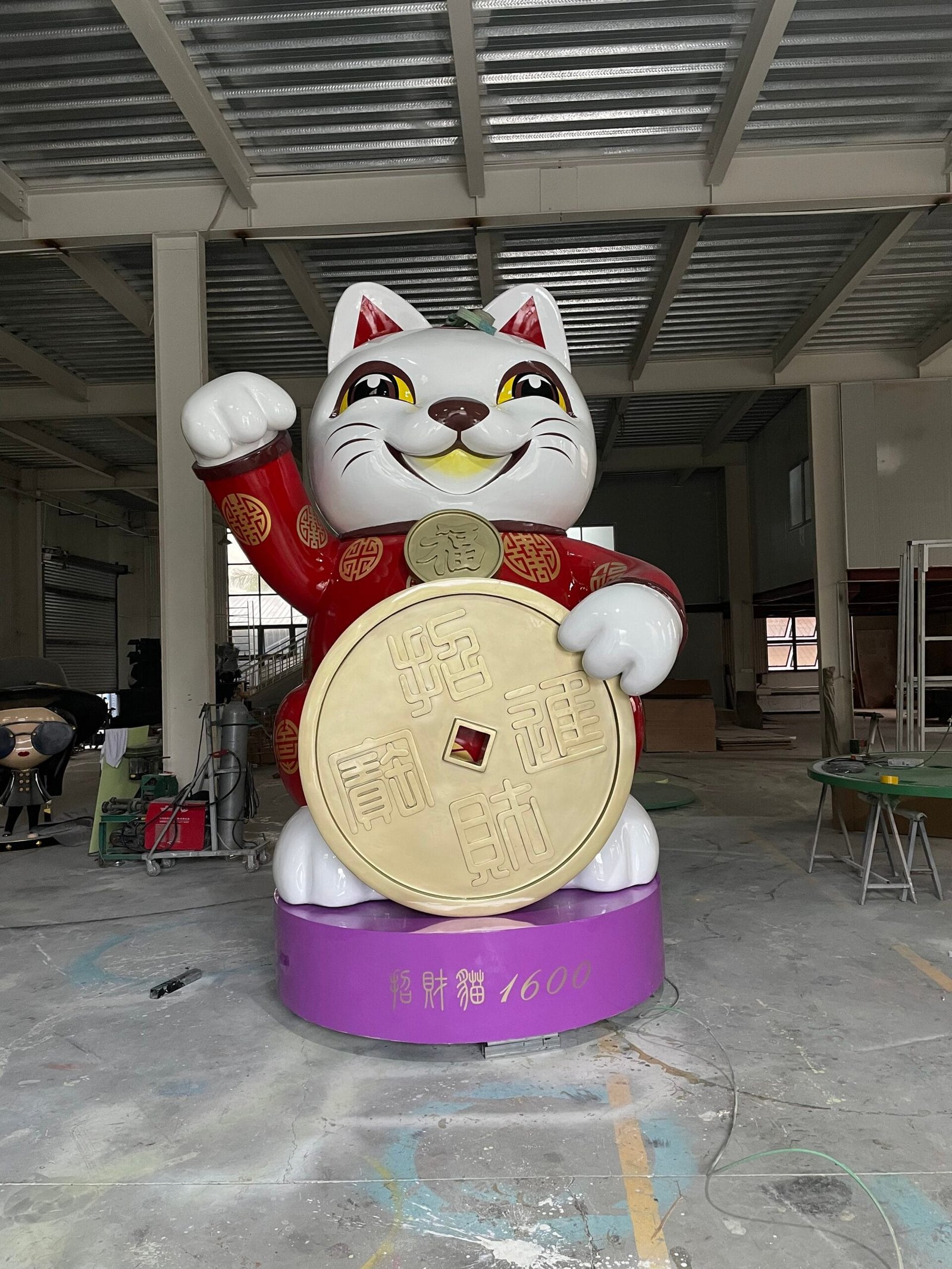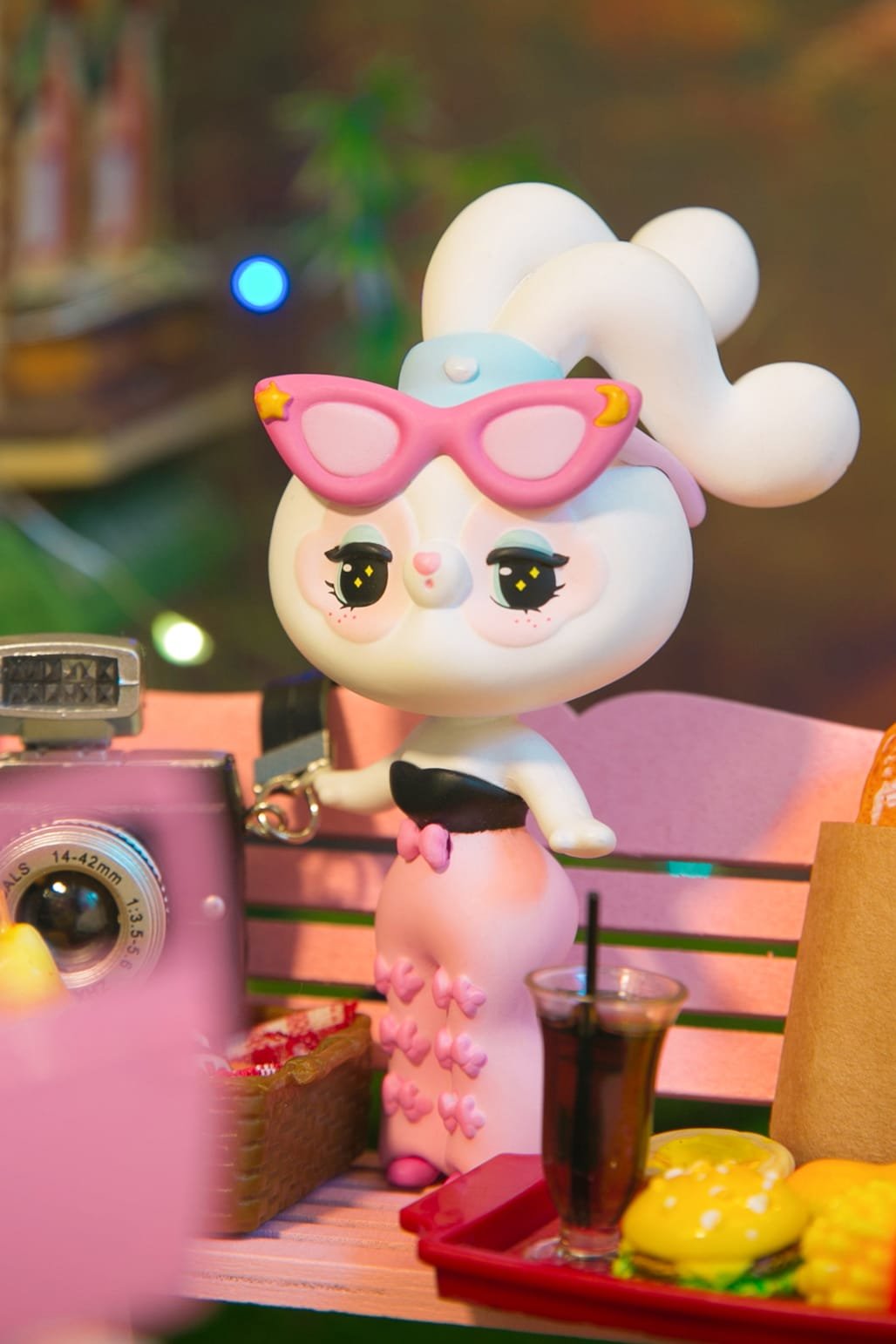Introduction: The Importance of IP Props in Branding
In today’s competitive market, IP props have become a powerful tool for capturing attention and strengthening brand engagement. Whether featured as photo-worthy installations in malls or serving as visual focal points at brand launches, well-crafted IP props go beyond aesthetics. They communicate brand values while creating memorable experiences for users.
But how can you create IP props that stand out and deliver a unique brand visual experience? This article will guide you through the complete process, from concept design to final implementation, to help your brand achieve impactful differentiation.
1. Concept Design: Shaping the Brand’s Core Message
Define the Brand Identity
The first step in creating IP props is to clarify the brand’s identity. To do this, ask these critical questions:
- Who is the target audience?
Are you appealing to trendy youth or family-oriented customers? - What message does the brand want to convey?
Should it feel warm and approachable, or innovative and cutting-edge?
By identifying the brand’s core values, the design team can establish a clear direction for the IP prop creation process.
Develop Initial Sketches
Once the vision is clear, designers begin sketching the IP prop. This process involves:
- Visual Features: Giving the IP unique traits, such as distinctive expressions, shapes, or colors.
- Backstory Creation: Adding a narrative to make the IP more relatable and engaging.
- Style Consistency: Ensuring the IP’s design aligns with the brand’s overall visual identity.
Additionally, the design team must consider how the prop will fit into different settings, such as mall displays, online marketing campaigns, or event stages.
2. Prototyping: Transforming Concepts into Reality
3D Modeling and Trial Production
After completing the sketches, the design team uses 3D modeling software to transform the IP design into a digital 3D model. This step helps visualize the design more accurately and provides precise data for production.
Prototype Testing
Using 3D printing technology, the team creates an initial prototype of the IP prop. The prototype allows them to test the design’s practicality, including:
- Proportion Testing: Ensuring the prop fits well in the intended space.
- Material Trials: Choosing suitable materials, such as fiberglass, resin, or eco-friendly PVC, based on the design needs.
- User Interaction: Refining details to enhance how the prop interacts with the audience.
Meanwhile, designers gather feedback and make adjustments to perfect the prototype for production.
3. Production: Delivering High-Quality Props
Material and Craftsmanship Choices
The choice of materials significantly impacts the prop’s quality and appearance. Common materials include:
- Fiberglass: Ideal for large props due to its durability and weather resistance.
- Resin: Perfect for intricate, smaller props that require detailed craftsmanship.
- PVC: Lightweight and easy to transport, making it ideal for short-term events.
Surface Finishing and Painting
To ensure a polished, professional look, the production team focuses on surface treatment and painting:
- Sanding: Smoothing surfaces to remove imperfections.
- Hand-Painting: Providing intricate details for premium props.
- Spray Coating: Ensuring consistent color application for mass production.
Furthermore, special effects like metallic finishes or glow-in-the-dark paint can elevate the prop’s appeal.
4. Integration and Interaction: Enhancing User Engagement
Immersive Scenes
IP props are more than static displays; they are essential elements in creating immersive experiences. Here are a few application scenarios:
- Photo Spots: Props serve as interactive backdrops in malls or tourist attractions, encouraging users to share their experiences on social media.
- Interactive Installations: Props equipped with touch sensors or sound effects enhance audience engagement.
Omni-Channel Strategy
To maximize the value of IP props, brands can combine offline and online promotion. For example:
- Offline Experiences: Users can physically interact with the prop at events or stores.
- Online Campaigns: QR codes on the props can guide users to participate in online activities or learn more about the brand.
As a result, successful IP props extend beyond physical spaces and amplify the brand’s digital reach.
5. Maintenance and Optimization: Ensuring Longevity
Regular Maintenance
High-quality props require regular care to maintain their condition. Brands should assign professionals to clean and repair props while storing them in appropriate environments.
Data Feedback
Post-event analysis and user feedback can help optimize future prop designs. For example, collecting interaction data can reveal what features resonate most with audiences, allowing brands to refine their next IP prop project.
At the same time, brands can use these insights to develop fresh ideas and inject new vitality into their IP.
Conclusion: The Value of IP Props in Branding
Well-designed and produced IP props can make your brand stand out in a crowded market, fostering customer loyalty and creating lasting impressions. From concept to execution, every stage plays a vital role in ensuring the prop delivers both brand messaging and user engagement.
If your brand seeks an innovative way to connect with audiences, leveraging IP props to create unique visual experiences can be a game-changing strategy.





